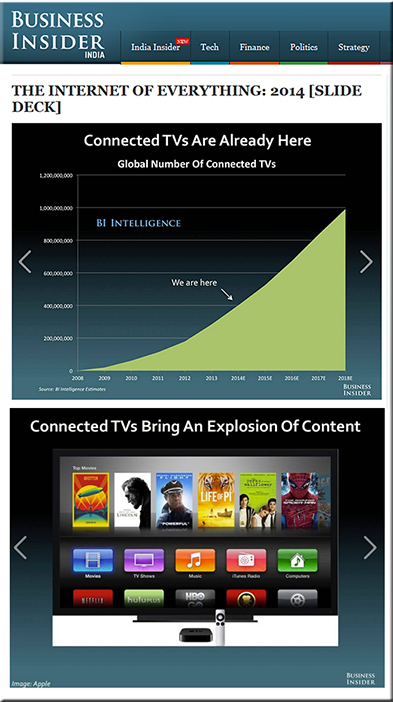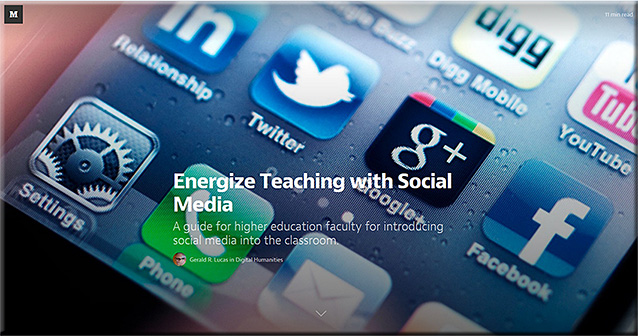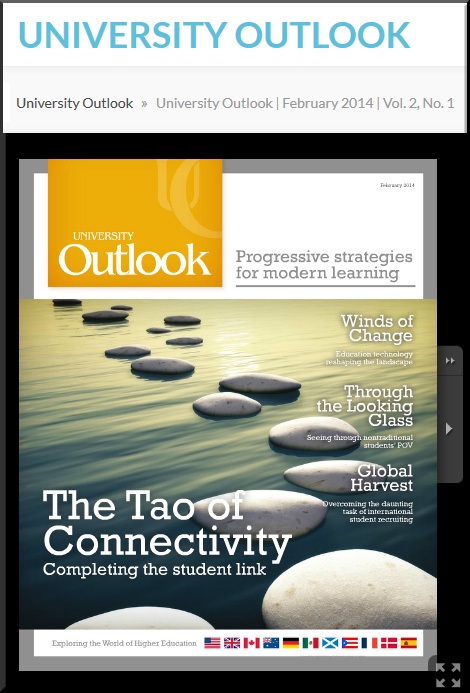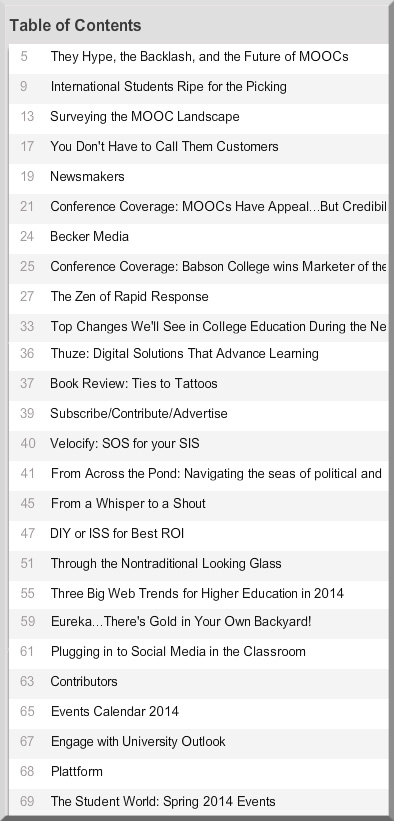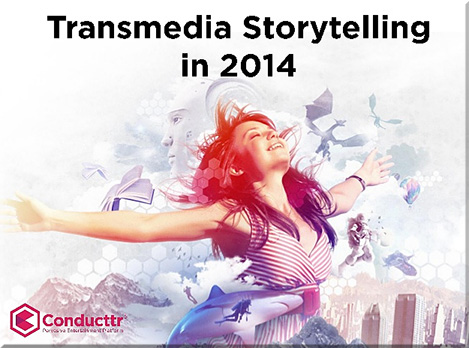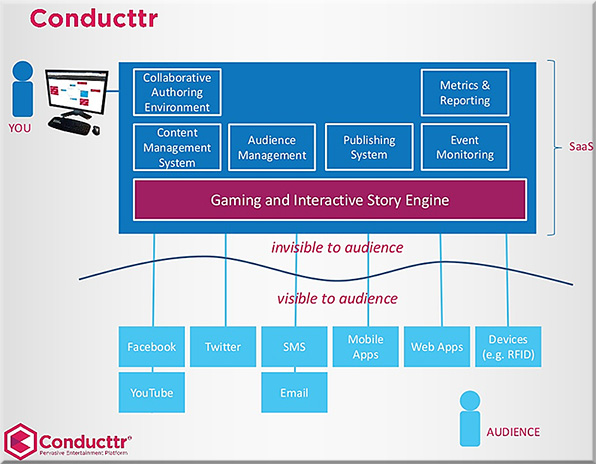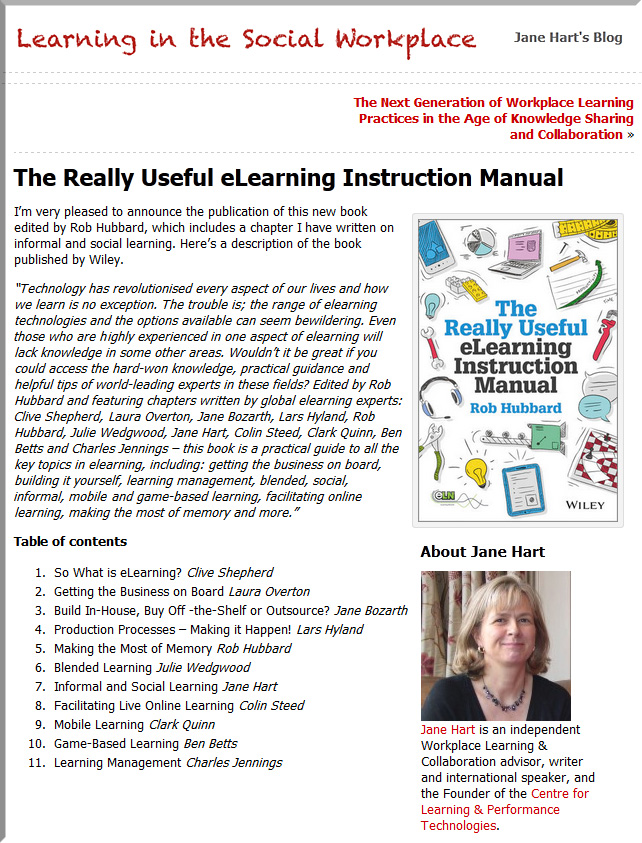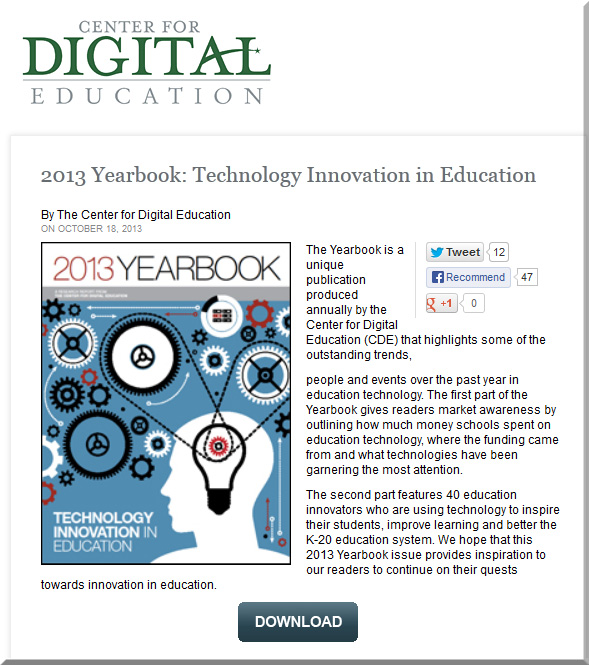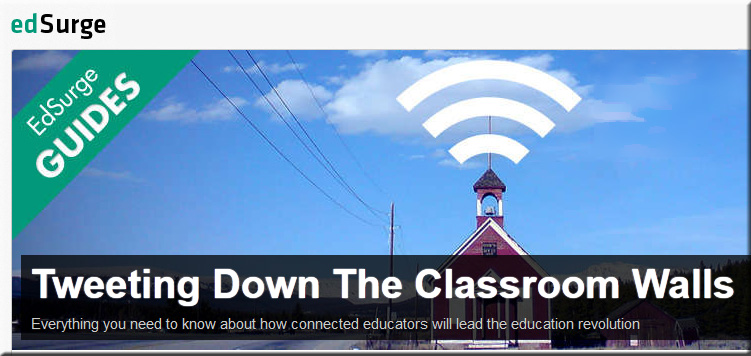Beyond the Course: The Learning Flow – a new framework for the social learning era — from janeknight.typepad.com by Jane Hart
Excerpts:
But in the age of Facebook and Twitter, and now Enterprise Social Networks (ESNs) like Yammer and Jive – where at the heart lies an activity stream that is used for a continuous stream of knowledge exchange, there is a place for a new learning framework – one that lies between the formal, instructionally designed course and the unstructured knowledge sharing of teams, groups and communities. We call this a Learning Flow.
A Learning Flow is a continuous steady stream of social micro-learning activities – accessible from the web and mobile devices
Let’s look at each of the elements of that sentence, that describe a Learning Flow
- continuous – ongoing (ie no end date)
- steady – daily (or probably more likely, weekdaily)
- micro-learning – short – ie taking no longer than 15-20 minutes to undertake
- activities – that involve reading (watching or listening to) something and doing something
- social – that invite and encourage active participation and contribution
- stream – that are organised and structured in the Flow in weekly themes
- accessible from web and mobile devices – to ensure that learning can take place anywhere and at anytime
From DSC:
Jane’s posting gets at what I’ve been trying to get at with the graphic below; and that is, we need to be consistently dipping our feet into streams of relevant content (i.e. relevant to our own learning ecosystems and what each of us needs to know to get and stay marketable).











![The Living [Class] Room -- by Daniel Christian -- July 2012 -- a second device used in conjunction with a Smart/Connected TV](http://danielschristian.com/learning-ecosystems/wp-content/uploads/2012/07/The-Living-Class-Room-Daniel-S-Christian-July-2012.jpg)

